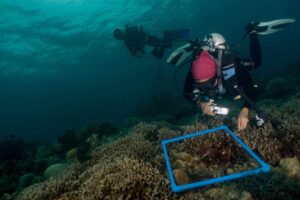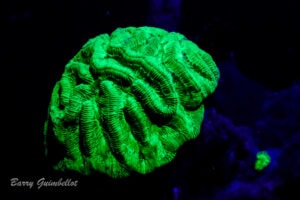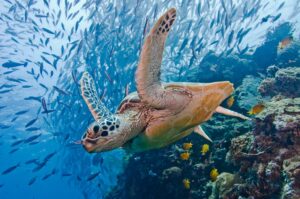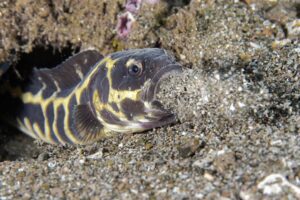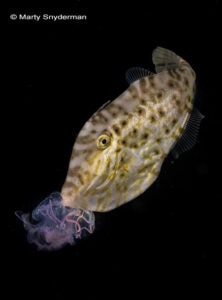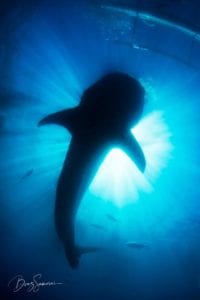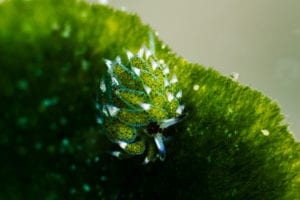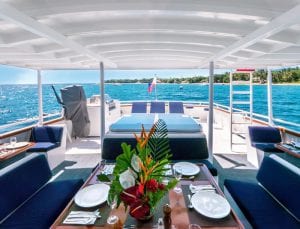By Marty Snyderman
While the term “muck diving” is one that would probably not pass a smell test with the marketing gurus on Madison Avenue, experienced muck divers know exploring the muck to be a featured attraction of diving in the water surrounding our resorts at both Atlantis Puerto Galera and Atlantis Dumaguete.
If you are new to diving or simply have not yet enjoyed the opportunity to muck dive, you might not be familiar with the term muck diving. Don’t let your lack of familiarity or the name turn you away. The term muck diving was first used to describe exploring areas where the bottom consists of black sand, mud and silt in sites that are often influenced by some current flow and a source of freshwater. Over the years the definition has expanded, and today the term muck diving is often used to describe dives over almost any area that has a soft bottom as well as dives around structures such as a pier or dock where the pilings along with discarded tires, bottles and other man-made objects combine to provide habitat and hiding places for all kinds of creatures.
But it is not just the nature of the sea floor or number of species that one might see that has made muck diving so popular. It is the fact that many of the encountered creatures are so bizarre, amazing, different, and well adapted for their life style and their chosen habitat that they routinely leave divers in awe of what Mother Nature has to share. Creatures such as ornate, robust, and halimeda ghostpipefishes, shrimpgobies and their partner shrimps, strange-looking scorpionfishes, sea moths, skeleton shrimp, decorator crabs, stargazers, gurnards, frogfishes, cuttlefishes, seahorses, octopuses, and snake eels are daily fare in muck sites.
In many muck diving areas, the bottom is not completely barren. Small patch reefs and anemones in the sand provide refuge for additional species of fishes, crabs, shrimps, lobsters, and squids etc. In short, muck diving can be crazy good!

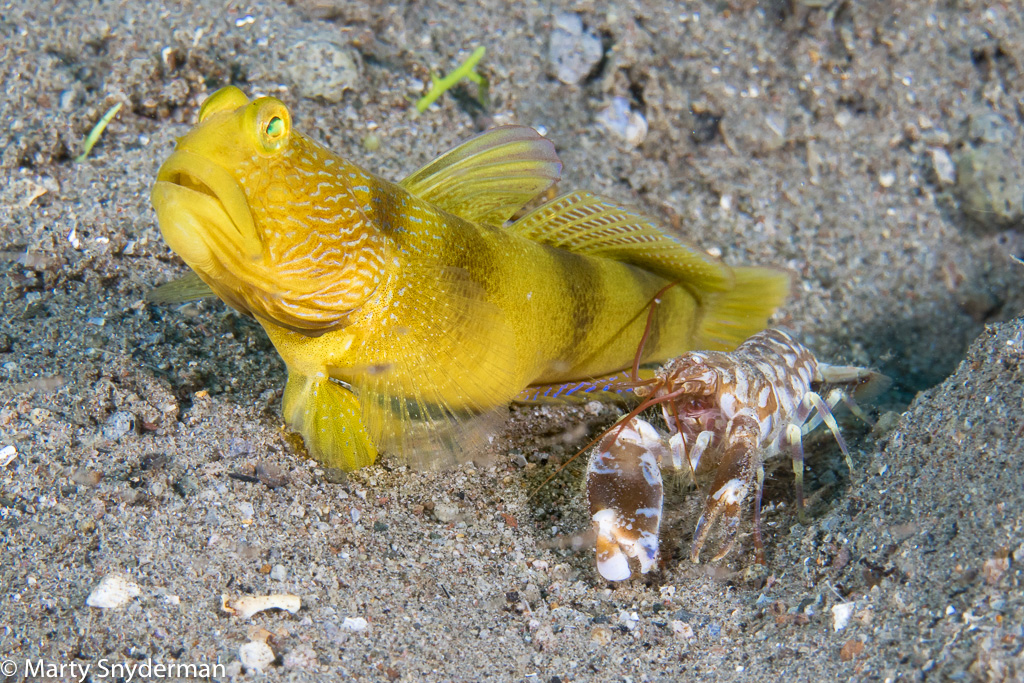
The Muck Diving Experience
For many divers the first time they look around after entering the water at some highly acclaimed muck diving site, their heart sinks as the surroundings do not bring the term beauty to mind. Drab is usually more like it, and upon first consideration most muck diving sites look boring. But you’ll be selling muck diving short if you judge this book by its cover. Just trust those that brought you to the site and go see what there is to see. Odds are you’ll be absolutely amazed.
Muck Diving Technique
In many muck sites it is extremely easy to stir up the bottom and reduce the visibility with a single kick of a fin or the loss of buoyancy that causes a diver to crash into the sea floor. It is best to keep kicking and all other movements to an absolute minimum, and to achieve and maintain neutral buoyancy.
After that, it is “get low, go slow, be curious, and look closely” as you scour the bottom and any structure whether a soft coral, sponge, or debris such as a dead leaf or piece of driftwood on the sea floor. Take two looks at the slightest aberration. See something that looks just slightly different than its surroundings, and the odds are that you will be looking at some mind-blowing animal.
Be patient with yourself as you learn “how to look”. Divers that are new to muck diving almost always swim past subject after subject without spotting them during their first several muck dives. And they are almost universally amazed by the animals their dive guides spot. It is like the guides and new divers are diving in different oceans.
The key to the guides’ success is that they know where, how to look, and who they are looking for. Of course, gaining that expertise takes time. No doubt, their experience is a huge help. When you ask them how they do what they do, they are usually quick to tell you they “get low, go slow, remain curious, and look closely”. And I’ll throw in a “have fun and allow yourself to be amazed by Mother Nature”.
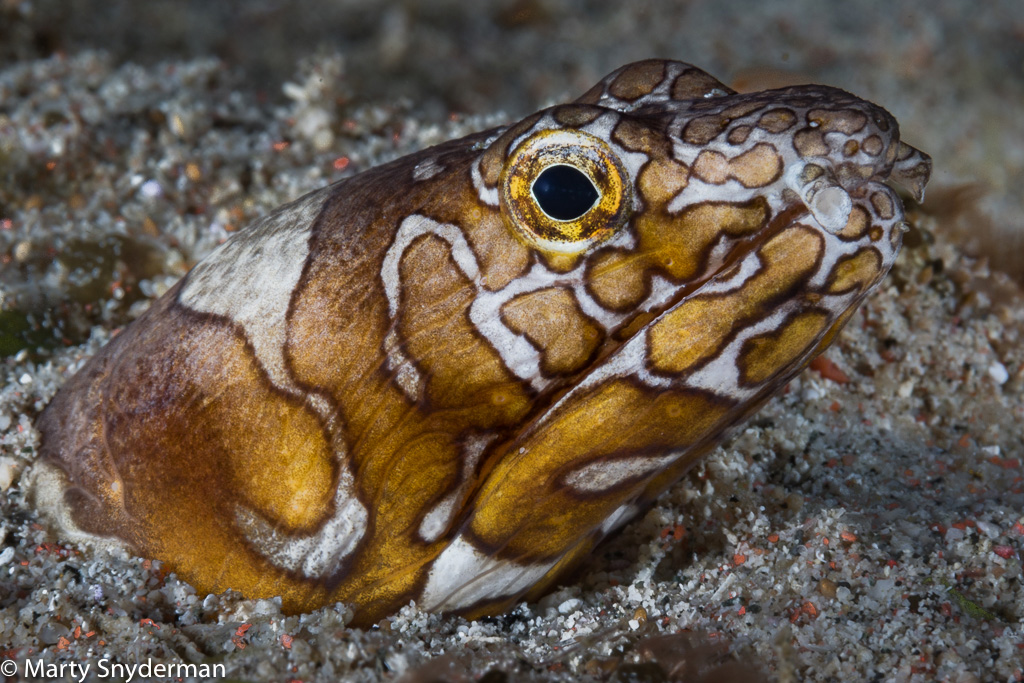


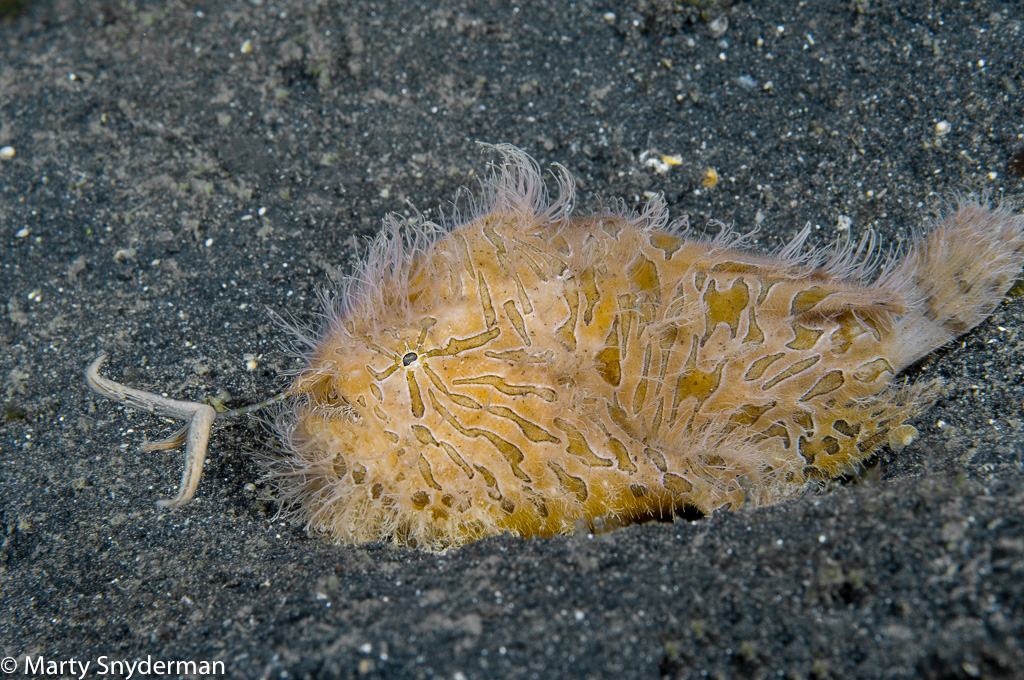
Interested in more critters? Check out our post Macro Video in Dumaguete!


